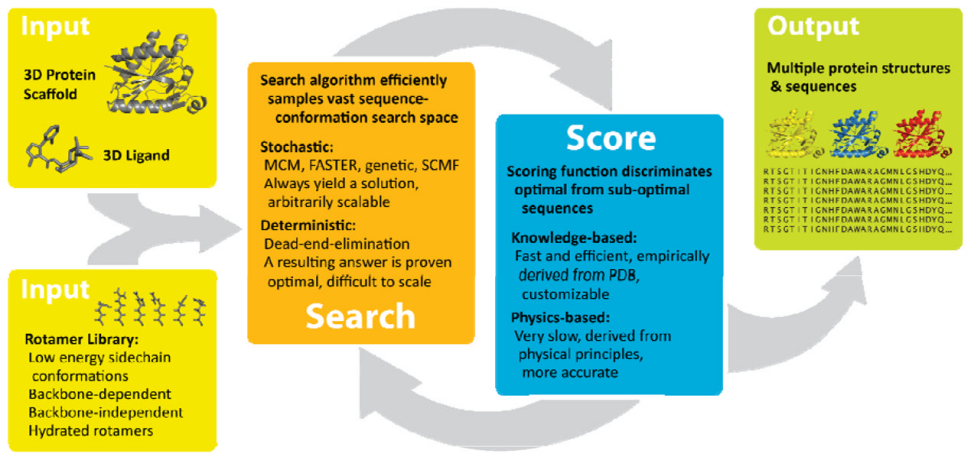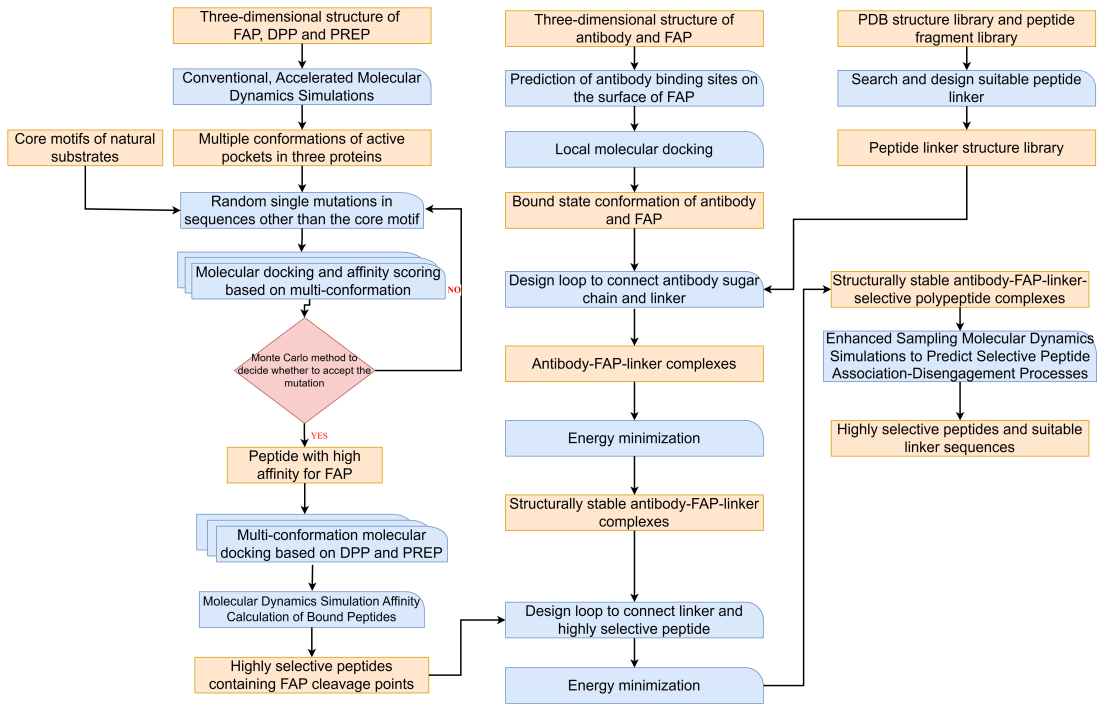
Leave a Message
We will call you back soon!
 Your message must be between 20-3,000 characters!
Your message must be between 20-3,000 characters!
 Please check your E-mail!
Please check your E-mail!

Biotechs are applying AI and machine learning to drug development, potentially creating dozens of new medicines and a $50 billion market over the next decade. Here’s what that means for patients and investors.
Introduction:
For biotechnology companies, much of the traditional process of discovering new drugs is costly guesswork. But a new wave of drug development platforms, enabled by artificial intelligence, is helping companies use vast data sets to quickly identify patient response markers and develop viable drug targets more cheaply and efficiently.
The results could be transformative not just for medical providers and patients suffering from hard-to-treat diseases, but for the biotech sector: Morgan Stanley Research believes that modest improvements in early-stage drug development success rates enabled by the use of artificial intelligence and machine learning could lead to an additional 50 novel therapies over a 10-year period, which could translate to a more than $50 billion opportunity.
“Predictive diagnostics, enhanced by data, present a significant near-term opportunity for the life sciences industry,” says Tejas Savant, who covers life science tools and diagnostics at Morgan Stanley Research. “It’s also likely to resonate with payors, since these trials can generate better outcomes. They can also deliver sizable cost savings by enabling earlier identification and treatment of higher-risk patients.”
WHY USE AI IN DRUG DISCOVERY?
The central goal of drug discovery research is to identify medicines that act beneficially on the body – in other words, they can help prevent or treat a particular disease.
Although there are several different types of drugs, many are small chemically synthesized molecules that can specifically bind to a target molecule – usually a protein – involved in a disease.
To find these molecules, researchers traditionally carry out large screens of libraries of molecules to identify one with the potential to become a drug. They then go through numerous rounds of tests to develop this into a promising compound.
Recently, more rational structure-based drug design approaches are becoming increasingly common. These avoid the initial screening stages but still require chemists to create potential new drugs by designing, synthesizing and evaluating numerous compounds.
Because it’s generally unknown which chemical structures will have both the desired biological effects and the properties needed to become an effective drug, the process of refining a promising compound into a drug candidate can be both expensive and time-consuming. Latest figures show that the cost of bringing a new drug to market now averages US$2.6bn.
In addition, even once a new drug candidate shows potential in laboratory testing, it may still fail when it is moved into clinical trials. In fact, less than 10% of drug candidates make it to market following Phase I trials.
Considering this, it’s not surprising that experts are now looking to the unparalleled data processing potential of AI systems as a way to accelerate and reduce the cost of discovering new drugs. According to market research firm Bekryl, AI has the potential to offer over US$70 billion in savings for the drug discovery process by 2028.
HOW CAN AI BE APPLIED TO DRUG DISCOVERY?
The sheer size of the libraries used to screen for new drug candidates means it’s now practically impossible for individual researchers to review everything themselves - and that’s where AI and machine learning can help.
These sophisticated techniques allow researchers to extract hidden insights from huge datasets. The benefits of doing this are numerous:
These are just a few of the potential advantages, looking at the early end of the drug discovery pipeline.
KS-V Peptide AI-assisted Drug Discovery:
Docking peptides to the target and scoring the binding conformations, retaining the results with the best scores, and continuing to search for better sequences based on previous results. Repeating the process until the scoring does not change significantly, finally obtaining the target molecule. Combining AI-assisted drug discovery with lab automation, high-throughput screening, and other technologies can further enhance the drug discovery process by increasing its efficiency and reducing the time and costs involved.

KS-V Peptide AI-assisted Drug Discovery Case study:


Biotechs are applying AI and machine learning to drug development, potentially creating dozens of new medicines and a $50 billion market over the next decade. Here’s what that means for patients and investors.
Introduction:
For biotechnology companies, much of the traditional process of discovering new drugs is costly guesswork. But a new wave of drug development platforms, enabled by artificial intelligence, is helping companies use vast data sets to quickly identify patient response markers and develop viable drug targets more cheaply and efficiently.
The results could be transformative not just for medical providers and patients suffering from hard-to-treat diseases, but for the biotech sector: Morgan Stanley Research believes that modest improvements in early-stage drug development success rates enabled by the use of artificial intelligence and machine learning could lead to an additional 50 novel therapies over a 10-year period, which could translate to a more than $50 billion opportunity.
“Predictive diagnostics, enhanced by data, present a significant near-term opportunity for the life sciences industry,” says Tejas Savant, who covers life science tools and diagnostics at Morgan Stanley Research. “It’s also likely to resonate with payors, since these trials can generate better outcomes. They can also deliver sizable cost savings by enabling earlier identification and treatment of higher-risk patients.”
WHY USE AI IN DRUG DISCOVERY?
The central goal of drug discovery research is to identify medicines that act beneficially on the body – in other words, they can help prevent or treat a particular disease.
Although there are several different types of drugs, many are small chemically synthesized molecules that can specifically bind to a target molecule – usually a protein – involved in a disease.
To find these molecules, researchers traditionally carry out large screens of libraries of molecules to identify one with the potential to become a drug. They then go through numerous rounds of tests to develop this into a promising compound.
Recently, more rational structure-based drug design approaches are becoming increasingly common. These avoid the initial screening stages but still require chemists to create potential new drugs by designing, synthesizing and evaluating numerous compounds.
Because it’s generally unknown which chemical structures will have both the desired biological effects and the properties needed to become an effective drug, the process of refining a promising compound into a drug candidate can be both expensive and time-consuming. Latest figures show that the cost of bringing a new drug to market now averages US$2.6bn.
In addition, even once a new drug candidate shows potential in laboratory testing, it may still fail when it is moved into clinical trials. In fact, less than 10% of drug candidates make it to market following Phase I trials.
Considering this, it’s not surprising that experts are now looking to the unparalleled data processing potential of AI systems as a way to accelerate and reduce the cost of discovering new drugs. According to market research firm Bekryl, AI has the potential to offer over US$70 billion in savings for the drug discovery process by 2028.
HOW CAN AI BE APPLIED TO DRUG DISCOVERY?
The sheer size of the libraries used to screen for new drug candidates means it’s now practically impossible for individual researchers to review everything themselves - and that’s where AI and machine learning can help.
These sophisticated techniques allow researchers to extract hidden insights from huge datasets. The benefits of doing this are numerous:
These are just a few of the potential advantages, looking at the early end of the drug discovery pipeline.
KS-V Peptide AI-assisted Drug Discovery:
Docking peptides to the target and scoring the binding conformations, retaining the results with the best scores, and continuing to search for better sequences based on previous results. Repeating the process until the scoring does not change significantly, finally obtaining the target molecule. Combining AI-assisted drug discovery with lab automation, high-throughput screening, and other technologies can further enhance the drug discovery process by increasing its efficiency and reducing the time and costs involved.

KS-V Peptide AI-assisted Drug Discovery Case study:
